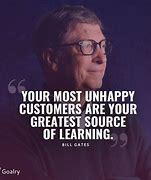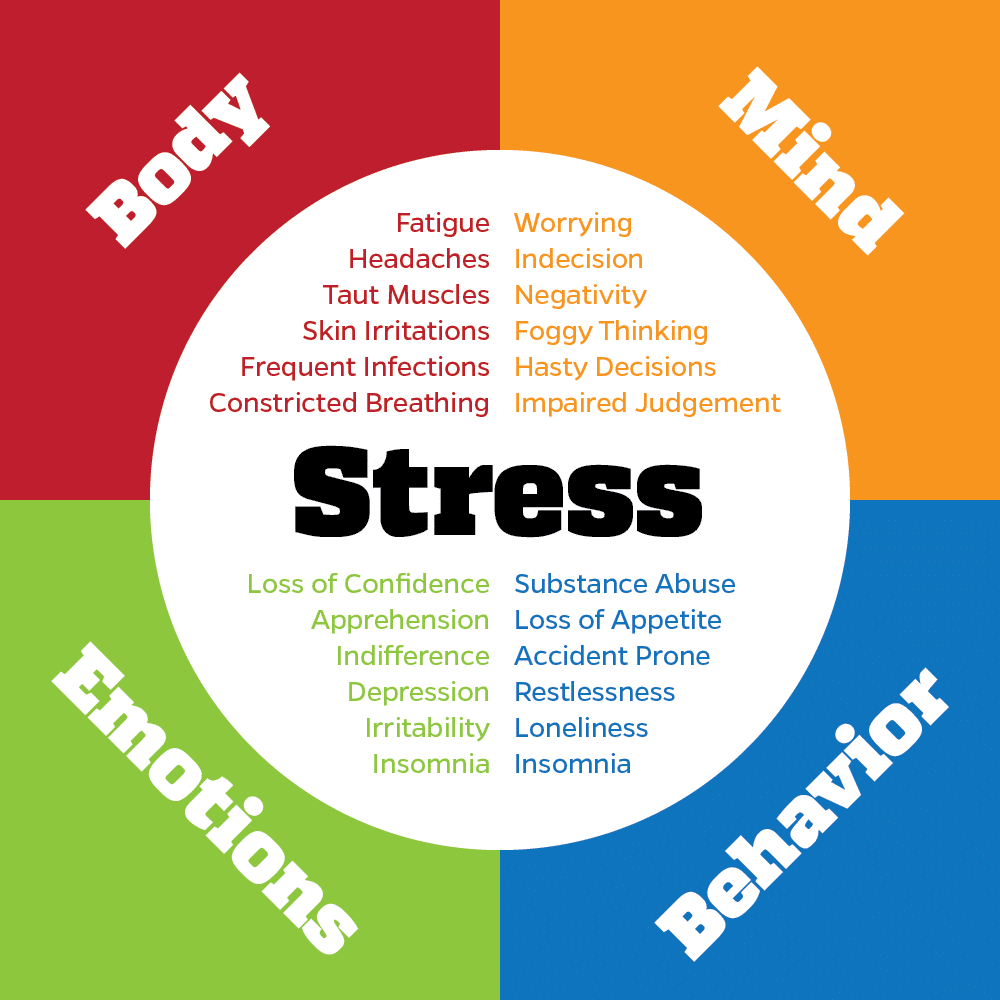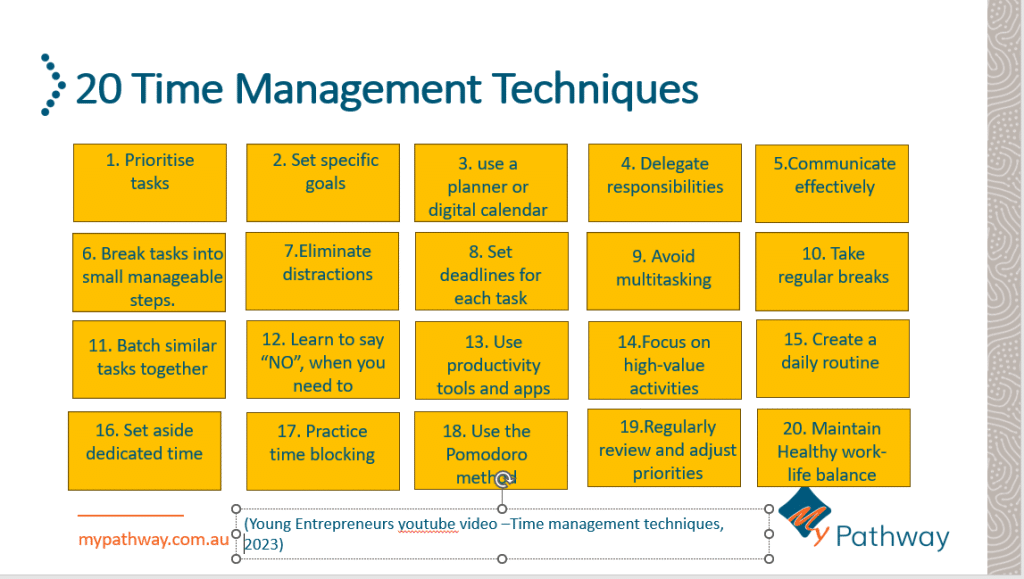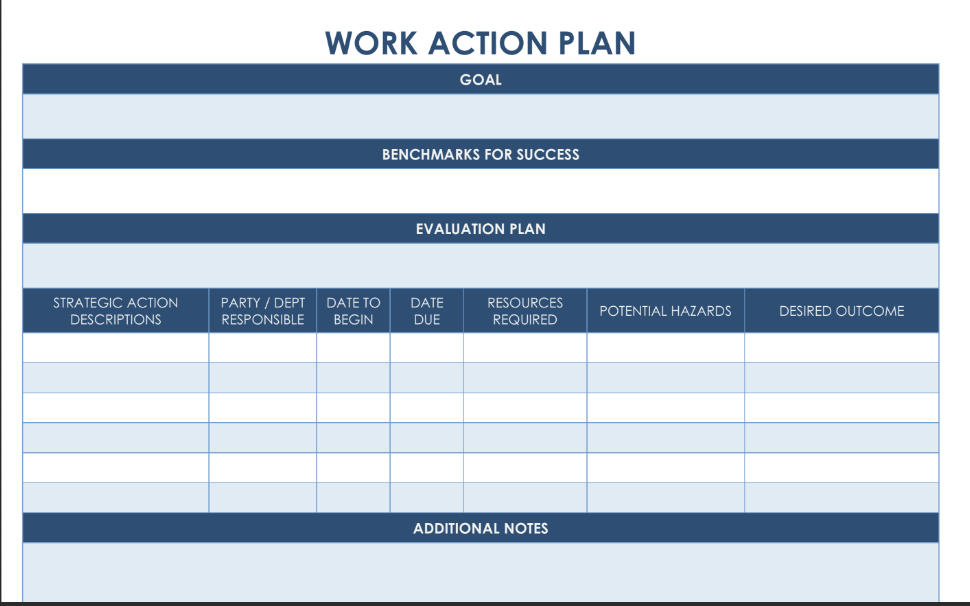Organise personal work priorities
About the Unit
As a business owner, you wear many hats. You are HR, Marketing and the Accounts department. This unit helps you establish some useful time management and stress management techniques as well as how to develop a life long learning plan for the future.
Start with the Study guide BSBPEF301,
How can I improve my Time Management?
Learning Outcomes
BSBPEF301-Organise personal work priorities
- Organise and complete your own work schedule
- Evaluate your own work performance
- Co-ordinate personal skill development and learning

Want to stay motivated? Set yourself some work goals.
- Setting goals can quantify or evaluate your growth.
- They provide vision and clarity.
- They help you focus – write them down, place them where you will see them, design a screen saver that reminds you every day of what you want to achieve.
Click on the interesting article below about the neuroscience behind “Why you need to write down your goals if you actually want to achieve them.”
Time Management and Prioritisation
Time Management is a skill and the good news is, it can be learned and developed like every other skill. You will try different methods and find what works best for you. At the end of the day it is all about you. Practice makes perfect.
Good time management will:
- reduce anxiety and stress.
- help you be more productive at work.
- give you more “me” time.
- cost you less in staff and production hours.
You as a business owner, have chosen this role because you ultimately would like a better work/life balance.
It is in your businesses and your own best interests to manage your time effectively to achieve your goals.
These videos offer some great tools and techniques you can try
Time Management Challenges
The 7 biggest time management challenges are:
- procrastination
- working harder not smarter
- frequent distractions
- multi-tasking
- not taking rest breaks
- not taking advantage of technology
- non-motivated staff
(Factorial HR-Overcoming the 7 biggest time management challenges)
Are you a procrastinator?
Watch this 3 minute video with Tim Urban on how to fight the Procrastination Monster
Work smarter not harder
Manage your time
Have a work plan
Work Plans
Once you have identified and prioritised what tasks need doing , you then need to put your plan in place on how you will make it happen.
A work plan or action plan is a document that lists what steps need to be taken to achieve a specific goal. When managing your time and prioritising your tasks, it is a useful tool.
An action plan can also be known as an ARC (Action, Responsible, Completed by) This document has three columns that outline:
- What the action or task is that needs to be completed.
- Who is responsible for ensuring this task gets done.
- When will the task be completed.
How to write a work plan
- Set SMART goals
- Create a list of actions or tasks that need to be completed.
- Set a timeline for each task
- Delegate responsibilities and resources required
- Monitor the progress
Set goals
Make them specific
Measurable
Achievable
Write them down!
Monitoring and Reviewing Performance
Key Performance Indicators (KPI)
What is the difference between an Objective and a Key Performance Indicator?
An Objective is a target you are aiming for.
A KPI indicates if you are likely to reach your objective.
For example: Your Objective is: “To sell over 10 000 items in 12 months.”
To determine your KPI’s you need to consider what ratios could help you measure this target along the way.
- How many items is that a day? You have an online business that operates 24/7 365 days a year. (10 000/365 days = 27.3 (28)items a day!)
- Now consider not every day will be busy. You might choose to calculate it on 5 days a week, to allow for slow periods throughout the year. (10 000/260 =38.46 (39)items a day.)
- Set you and your team a KPI to sell 40 items a day.
- At the end of every day check your results.
- Some days you may sell 30, others 50 but if you are averaging 40 items then you are going to reach your objective.
KPI’s can be average ticket, number of items in a basket, average order size, average spend, number of customers, number of orders received. These will all give you an indication of how you are performing against your objectives or set long term targets.
➡ Review Knowledge Question 1a and b.
Which of these boxes are KPI’s?
$100K sales turnover by December 2000
Not quite
This is an objective because it is the target you are aiming for.
A KPI is the indicators along the way that show if you will hit your target.
Daily average sales of $400
Correct
Yes! Your average daily sales will contribute to your annual sales turnover objective.
Divide your annual sales to get a weekly/ daily figure. Use this daily figure as an indicator of your progress towards your objective.
3 items per cart
Correct
Yes! Increased items per cart will increase average spend and increase your turnover, contributing to your $100K sales objective.
All 3 KPI’s are targets to share with staff so they can understand their contribution to the business. Motivating them to achieve your business objectives.
Feedback to measure and monitor performance

Feedback from customers is an invaluable asset to any business. Collecting customer feedback helps businesses:
- get a clear understanding of the needs and expectations of their customers
- identifies shortcomings in internal processes and strategies
- identifies what makes customers happy so you can retain them
- identifies what makes customers unhappy so you can solve the problem, turn them around and retain them.
Methods used to seek feedback on performance.
Feedback can be sourced from any stakeholder in the business. Customers will offer insights into service, quality and general satisfaction of your whole process.
Employees can offer feedback on processes or share insights or ideas that can help you.
Suppliers who see lots of businesses using their products could also offer feedback on how you could improve your sales or production.
Methods you could use to collect this information could be:
- conversation or a catch up with your team
- suggestion boards (physical and digital)
- weekly meetings
- in-app surveys to customers
- conduct customer satisfaction surveys
- website feedback widgets
- customer interviews
- transaction emails
- website analytics
➡Review Knowledge Question 6
Lifelong Learning and Personal Development
Lifelong learning is the voluntary, ongoing, self-motivated pursuit of knowledge. It is important for an individual’s competitiveness and employability, but also enhances social inclusion and personal development. It allows us to stay in touch with the everchanging society we live in and can help with self-fulfilment.
As entrepreneurs, lifelong learning can benefit you by:
- renewing self -motivation
- improving your competitiveness by keeping up to date
- improving your self -confidence about your skills and knowledge
- can challenge your beliefs and help you understand the customers’ view point
➡Review Knowledge Question 7
Why you need to be a lifelong learner
➡Review Knowledge Question 7
Identifying training needs.
Keep making the same mistakes?
Have you received similar feedback several times?
Gathering feedback from numerous sources, identifying any common threads from the comments made, will help you find any gaps that may need to be addressed.
Training needs are when a gap is identified between the expected performance and the actual performance.
As an entrepreneur it is your role to stay informed, stay competitive and feel confident that you are the best you can be, both personally and professionally.
Your journey will be an ever-evolving learning path if you are to remain ahead of your competitors.
Stay informed in areas such as:
- laws and legislation for your industry
- technology
- changing trends
Other indicators that personal growth may be needed are:
- breaches in policies and procedures.
- KPI’s not being met
- Negative customer feedback about business performance.
- Feeling stressed and overwhelmed because tasks are taking too long to complete to the desired outcome.
These situations may result in you and your team undergoing some form of training or learning. This can be informal, such as watching YouTube videos or formal by completing a course.
How to prioritise learning.
When we prioritise we analyse how important versus urgent the task is. The same applies when prioritising your learning. How urgent is it that you learn this and how important is it to your business? What are the possible risks if you do not learn this now? Can it wait?
Learn about the Eisenhower Matrix to help you prioritise
➡Review Knowledge Question 7d
How can I learn?
“You learn something new every day”, they say.
In business, this is very true as you venture through unknown territory. You may feel green now, but this time next year, you will look back and be amazed at how far you have come.
What options are available for you to learn more? It all depends on what you want to learn, why you want to learn and how you prefer to learn.
There is informal learning like YouTube videos, reading books or articles, asking someone to show you, researching information on the internet, listening to podcasts etc. Or there is formal learning where you sign up to do a course, whether it be online, face to face, short course, long course.
You can stay informed by attending regular industry gatherings and networking sessions.
You can sign up to newsletters and schedule notifications to keep you informed.
Whatever you decide, learning is an ongoing process throughout your business and personal life. Allocating some personal development time in your life will help you stay competitive, keep you motivated and ensure you are the best you can be.
Stress
Stress is often described as feeling overloaded, wound up, tense and worried and occurs when we face a situation we feel we cannot cope with.
The signs of stress are listed in the diagram below:

Identifying these symptoms and learning some self-care tips, will help you remain mentally and physically healthy so you can manage your business.
These videos offer some great tips.
Document 4- Assessment 3- Business Plan Instructions
- Write your full name on the top of the first page “Participant name:”
- Attach a completed copy of your Small Business Plan as requested.
- Attach the completed parts of your Financial Plan that are requested.
Check off the Assessment Submission Checklist
This will ensure you have completed all tasks and paperwork correctly and we won’t need to return anything before marking.
News feed





